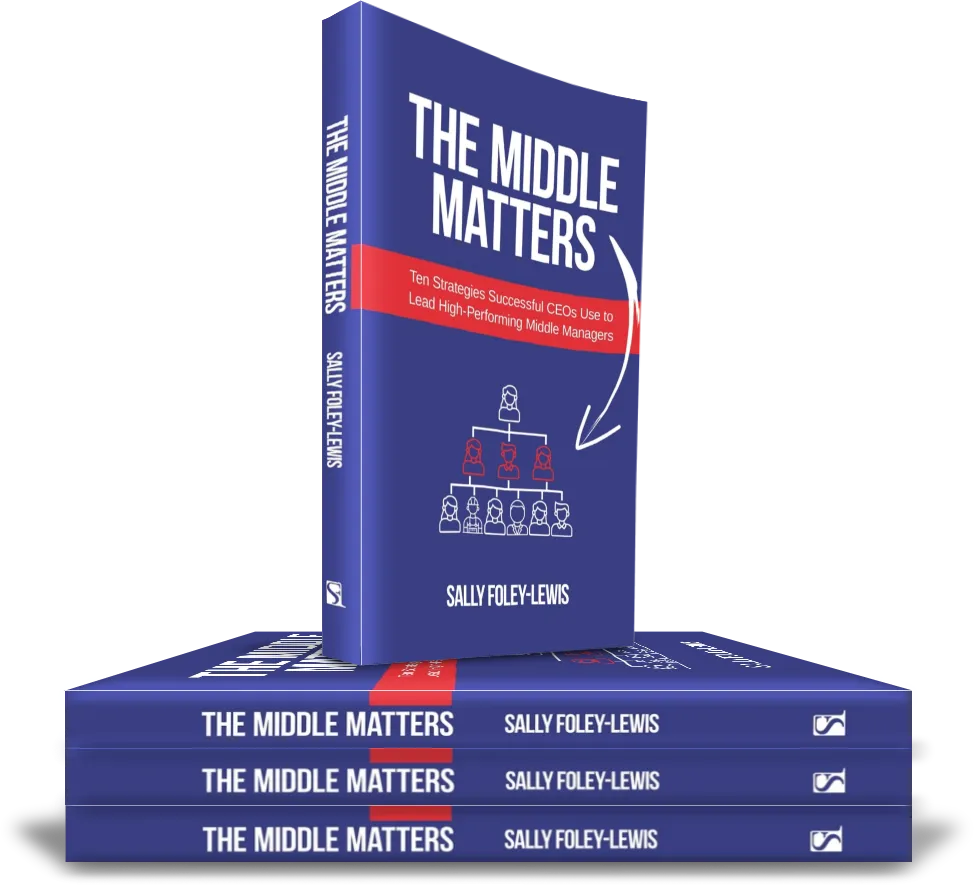Productive, confident and results driven Middle Managers...

The Middle Matters: Ten Strategies Successful CEOs Use to Lead High-Performing Middle Managers
As a CEO or senior executive, it’s not always easy or straightforward to bridge the leadership gap between your frontline and your senior ranks. If you relate to this, The Middle Matters is the book for you. Packed with proven practical strategies and techniques, the guide will help you build a strong and cohesive middle management team.
Because the middle matters…
The success of any organisation depends on the productivity and loyalty of its middle managers. In The Middle Matters, you’ll learn how to delegate responsibilities and empower your middle managers to drive results. Whether you’re a seasoned executive or just starting out, this book is filled with constructive tips and proven strategies to help you cultivate a culture of productivity and loyalty at all levels of your company.
$38
$29 incl GST + $9 shipping

